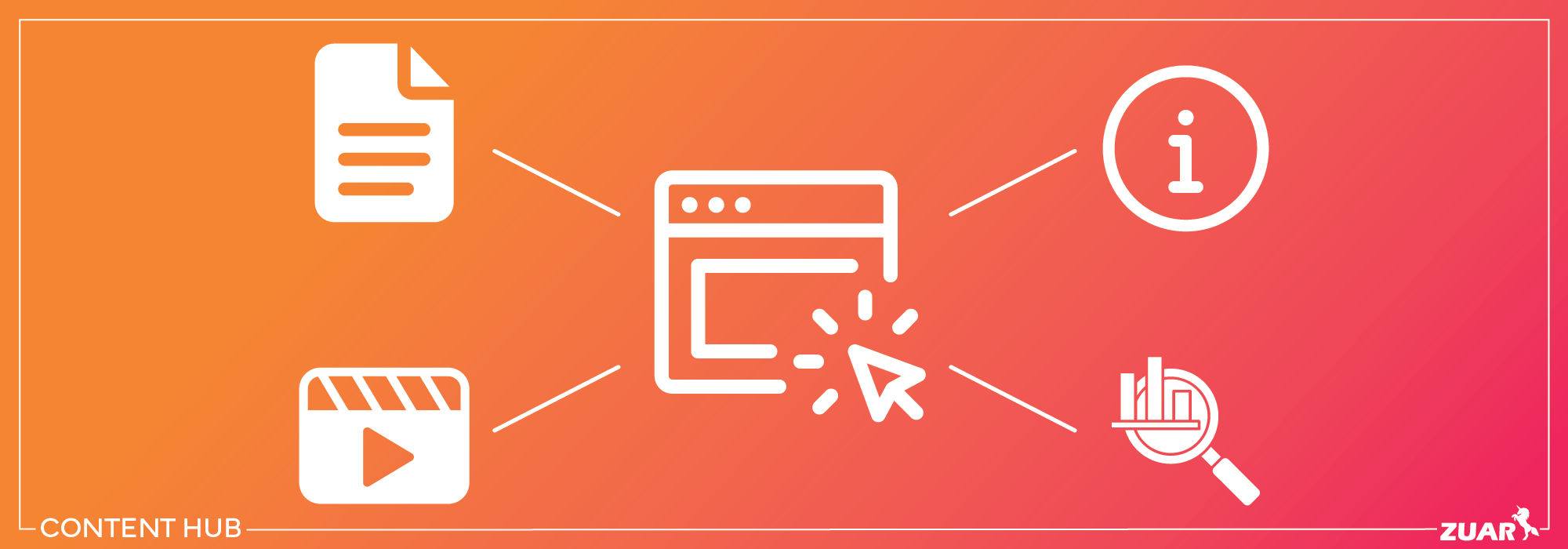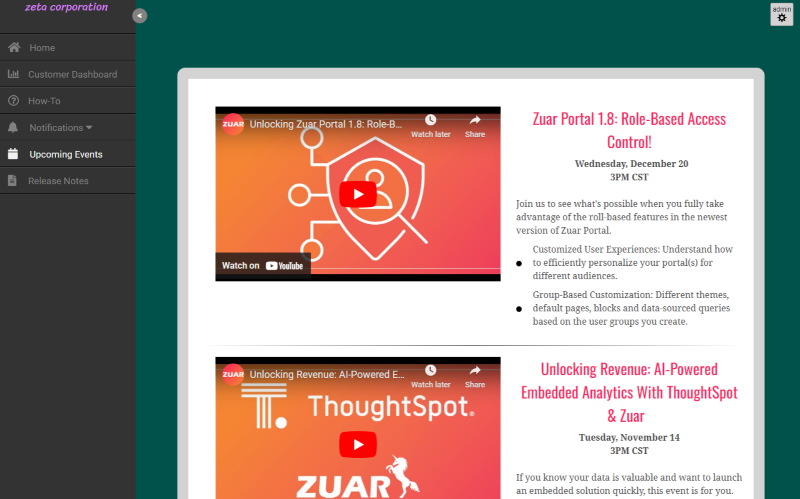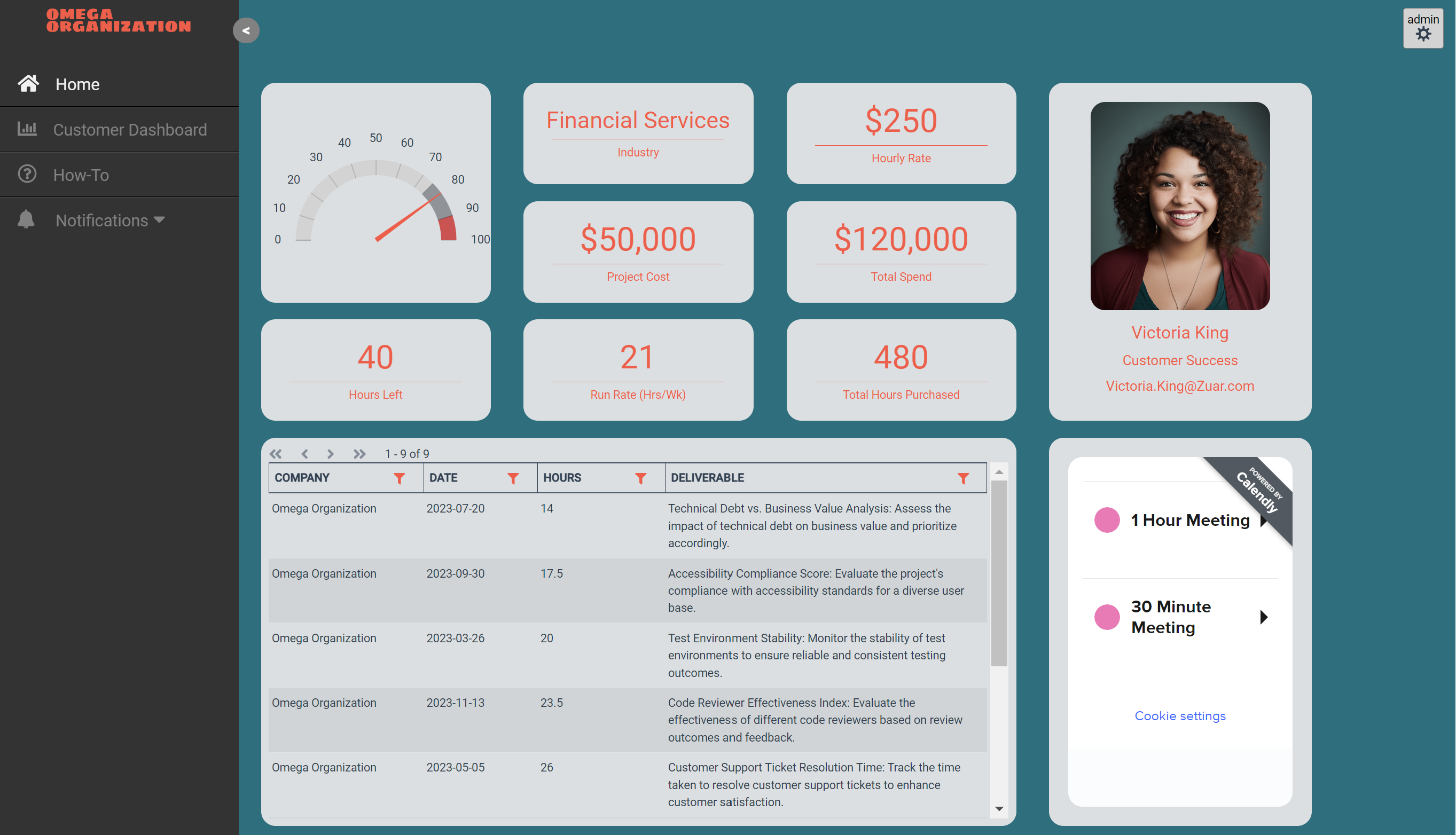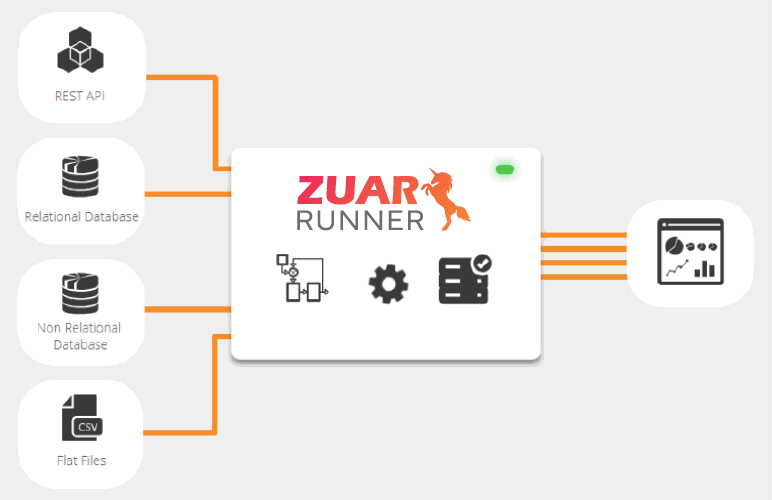What Is a Content Hub? Guide for 2025
Learn what a content hub is and the benefits it can bring to your employees, customers, and more!

What Is a Content Hub?
A content hub is a centralized location that curates, organizes, and distributes valuable digital assets. It is much more than just a regular website or blog - content hubs take a strategic approach to content creation and distribution.
Unlike regular website content that may be disjointed or cover various unrelated topics, everything within a content hub revolves around its core focus area.
Content hubs aim to become a go-to resource - a content destination that users repeatedly visit to find information. A well-executed content hub offers extensive educational content, thought leadership, and subject matter expertise.
The content is organized in a logical way to facilitate discovery and meet audience needs. Robust search and filtering functionality make it easy for visitors to find exactly what they need.
Key Takeaways
- A content hub is a centralized platform that aims to improve communication, collaboration, and knowledge sharing through curated, well-organized content.
- Building a successful content hub requires defining goals, developing an editorial strategy, optimizing for discovery, analyzing performance, and prioritizing user experience.
- Tools like Zuar Portal help create scalable, branded content hubs that provide a unified experience for consuming insights.
Types of Content Hubs: Internal vs External
Content hubs can be broadly categorized into two types: internal and external. Both are centralized platforms where content is aggregated, organized, and shared, but they serve different audiences and purposes.
Internal Content Hub
An internal content hub is designed for use within an organization and is not accessible to the public. Its primary purpose is to store, organize, and deliver relevant content to employees, departments, or specific teams.
This can include a wide range of content types, such as documents, videos, training materials, and even data analytics. The goals of an internal content hub are to improve knowledge sharing, collaboration, and efficiency within the organization.
Examples include intranets, internal knowledge bases, and company-wide content management systems (CMS).
External Content Hub
An external content hub, on the other hand, is outward-facing and designed to engage with an external audience, such as customers, clients, partners, or the general public.
It serves as a centralized platform to aggregate and share content that showcases the organization's thought leadership, expertise, products, and services. This can include blogs, whitepapers, case studies, videos, and educational resources.
The primary goals of an external content hub are to attract, educate, and engage with the target audience, generate leads, and support marketing and sales efforts.
Key Differences
- Audience: Internal content hubs are meant for employees and stakeholders within an organization, while external content hubs target customers, clients, and the wider public.
- Purpose: The internal hub focuses on improving internal communication, collaboration, and knowledge sharing. In contrast, the external hub aims to market the organization, educate its audience, and generate leads.
- Accessibility: Internal hubs are restricted and require permissions to access, ensuring that sensitive information remains confidential. External hubs are accessible to anyone interested in the content.
- Content Type: Internal hubs may contain proprietary information, internal policies, training materials, data analytics, and other content meant for internal use. External hubs share content that builds brand awareness and loyalty, educates the market, and showcases products or services.


Elements of a Content Hub
The elements of a content hub, whether internal or external, can be broadly categorized into several key components.
These elements work together to create a cohesive, engaging, and user-friendly experience. Here's a breakdown of these essential components:
- Content Repository: Centralizes all content, organized with categories and tags for easy navigation.
- User Interface (UI): Features a user-friendly design with robust search functionality for ease of access.
- Personalization Engine: Offers customized experiences through content recommendations based on user behavior.
- Integration Capabilities: Supports integration with third-party tools and APIs for enhanced functionality.
- Analytics and Reporting: Provides tools for tracking performance and gaining insights for optimization.
- Security and Compliance: Maintains access control and data protection to meet legal standards.
- Content Distribution: Utilizes various channels and syndication for broader content reach.
By effectively combining these elements, a content hub can serve as a dynamic, engaging platform that delivers value to its target audience, whether for internal stakeholders or the external market.

Benefits of a Content Hub
A content hub offers numerous benefits for organizations, enhancing their content strategy, user engagement, and overall digital presence. Here are the primary advantages:
Centralized Content Management
- Efficiency: Streamlines the process of creating, managing, and updating content, saving time and resources.
- Consistency: Ensures brand and messaging consistency across all content.
Improved User Experience
- Accessibility: Provides a single, accessible location for users to find relevant and engaging content.
- Personalization: Offers tailored content experiences to users, increasing engagement and satisfaction and improving the digital customer experience.
Data and Insights
- Analytics: Enables detailed tracking of content performance, user behavior, and engagement metrics.
- Optimization: Provides data-driven insights for content strategy optimization.
Cross-channel Marketing Support
- Integration: Easily integrates with other marketing channels and efforts, amplifying content reach and impact.
- Synergy: Creates synergies between content marketing and other marketing initiatives, enhancing overall campaign effectiveness.
Lead Generation and Conversion
- Attraction: Attracts potential leads through high-quality, informative content.
- Conversion: Guides leads through the sales funnel with strategically placed calls-to-action and informative content.
Community Building
- Engagement: For external hubs, encourages community interaction, fostering a sense of belonging and loyalty.
- User-Generated Content: Invites users to contribute content, providing fresh perspectives and encouraging community participation.

How to Build a Content Hub
Building a successful content hub takes careful planning and execution. Here are the main steps involved:
Identify Your Goals and Audience
First, think about what you want to achieve with your content hub and who you are creating it for and whether it will be internal or external. Consider your target audience's pain points and interests.
Define clear goals that align with your overall business objectives, such as internal enablement, data-driven decision-making, generating leads, or driving web traffic. Understanding your goals and audience will inform all subsequent decisions.
Develop an Editorial Content Strategy
Map out the structure and content types to include in your hub. Aim for a variety of formats like articles, ebooks, case studies, videos, and more.
Plan different categories and subtopics to cover extensively. Develop an editorial calendar to create and publish content on a consistent basis.
Optimize for Discovery and Navigation
Make it easy for visitors to find and consume content within your hub. Use descriptive titles, metadata, and internal linking. Organize content in logical categories and flows. Include navigation menus, tags, visual themes, and calls-to-action to facilitate movement through the hub.
Analyze Performance and Iterate
Track metrics like traffic, engagement, and conversions to see what's resonating. Identify high-performing areas to double down on, as well as gaps that need improvement. Use these insights to further optimize content and continuously expand the hub over time.

Best Practices for Content Hubs
When building a content hub, it's important to follow best practices to create a useful, high-quality resource for your audience. Here are some key best practices to keep in mind:
Focus on User Experience - Make sure the content hub is easy for visitors to navigate and find information. Use clear navigation and site architecture. Format content for readability. Include visual elements to enhance engagement. Optimze site speed and responsiveness.
Optimize for SEO - For public-facing content hubs, search engine optimization is key for a content hub to attract visitors through organic traffic. Follow SEO best practices like optimizing page titles and meta descriptions, using target keywords, improving site speed, and internal links.
Curate and Organize Content - Curation and organization bring cohesion to a content hub. Group related content together through categories, tags, clusters, or other structures. Curate content from other sources to supplement your original content.
Update and Expand Regularly - A content hub should continuously grow and improve over time. Set a consistent schedule for publishing new content, updating existing content, and adding more topics/categories.
Monitor Metrics and Optimize - Track performance metrics (such as customer experience analytics) for your content hub. Identify high-performing content to produce more of, and lower-performing areas to improve or eliminate. Continuously optimize based on data.
Maintain Quality and Consistency - As a content hub grows, it's important to maintain high-quality standards and an overall consistent user experience. Have clear editorial guidelines and style guides. Carefully edit and proofread all content before publishing.
By following these best practices, you can build a comprehensive, useful content hub that provides real value for your audience. The effort to optimize the user experience and content quality will pay off in the long run.

Building a Content Hub With Zuar Portal
Zuar Portal serves as the cornerstone of content management, providing a centralized hub for all data-related assets.
By seamlessly integrating reports, dashboards, and other valuable content, Zuar Portal enables organizations to create a consolidated and easily accessible repository of data-driven insights.
This transformative platform empowers users to navigate, share, and collaborate on information, fostering a unified and immersive experience for consuming and leveraging data across the organization.
Benefits of Using Zuar Portal
- Centralized Content - Consolidate all digital assets in one searchable location.
- White-Labeling - Customize to reflect your brand's look and feel, ensuring a seamless user experience.
- Data Integration - With Zuar Runner, easily connect to hundreds of potential data sources to automate the flow of data.
- Productivity - Empower teams to easily create, manage, and distribute content.
- Scalability - Easily create more content across teams and customers as your hub grows.
Learn more about Zuar Portal by starting a free trial:


Content Hub Next Steps
In today's data-centric business environment, content hubs have become essential tools for managing, accessing, and sharing valuable insights across organizations.
Zuar Labs provides expert services that can help organizations leverage the full potential of these solutions. From implementing Zuar Portal to general data wrangling and visualization, Zuar Labs delivers the tools and expertise that organizations need to unlock business value from their data.
Whether you are a small business looking to streamline your data strategy or a large enterprise seeking to drive impactful business outcomes, Zuar Labs can help you achieve your goals.
Learn more about our solutions and services by scheduling a consultation with one of our friendly data experts:




